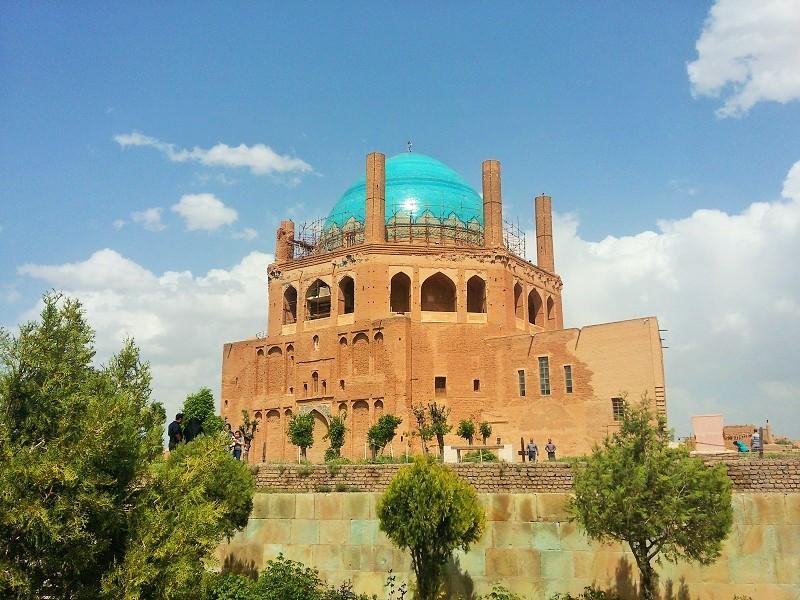
The ancient city of Soltanieh and the world-famous Soltaniyeh Mausoleum are located about 40 kilometers west of Zanjan and on the old Zanjan-Qazvin freeway. The old road and the new freeway can take you to Soltanieh City where you can visit Zanjan tourist attractions, including the Dome of Soltaniyeh. This monument was registered in the Iran National Heritage List in 1931 and recognized as a UNESCO World Heritage Site in 2005.
This city flourished during the reign of Sultan Mohammad Khodabandeh (Oljaitu) in the 14th century AD and became the capital of Iran. Oljaitu was the eighth king of the Ilkhanid dynasty who converted to Shia Islam. He decided to build this mausoleum in the early 14th century to move the remains of all Shia Imams to the mausoleum’s burial site because he was fond of Imam Ali (a.s.), the first Shia imam, as well as other Shia imams. But after negotiating with the religious leaders of Najaf and Karbala, cities of present-day Iraq, he realized that exhumation is not allowed in Islam.
According to many researchers, since he was not allowed to implement his decision about this tomb, he was the person who was buried in this place. Of course, some other researchers do not agree with this hypothesis.
History of Soltanieh City
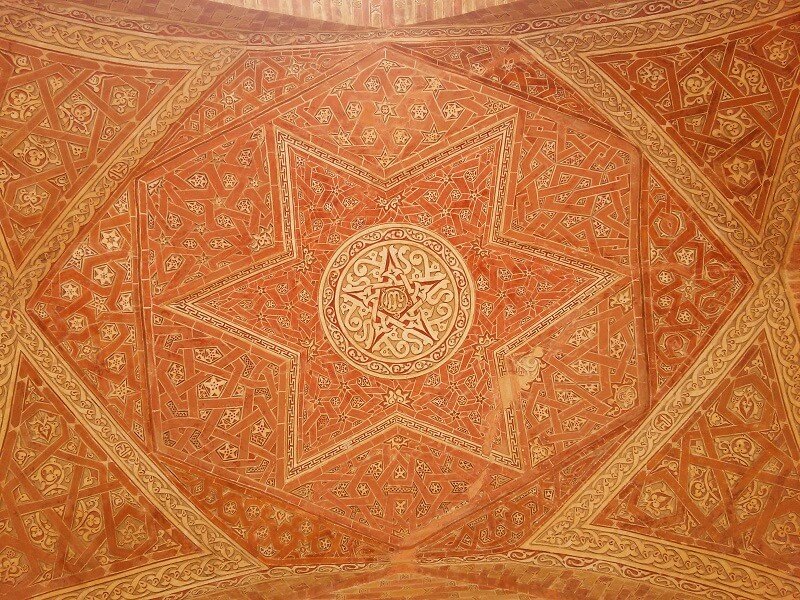
Human settlements in this region date back to the first millennium BCE. In the late 13th century during the reign of Arghun Shah, the fourth king of the Ilkhanid dynasty, he decided to develop this area further. Since Soltanieh was located between Merv (Mary in Turkmenistan) and Maragheh, two Ilkhanid centers of government, and the fertile pastures of this area were fit for horses, he built a summer residence there.
Three Ilkhanid kings were involved in the construction and development of Soltanieh city: Arghun Khan founded it, and Sultan Mohammad Khudabandeh added citadels, mosques, and other facilities for ten years, of which the Sultaniye Dome is the most magnificent. After that, Sultan Abu Sa’id Bahadur Khan tried to expand the city. After that, Ghazan Khan initially decided to continue the development and expansion, but he gave up and built Shanb-e Ghazan in Tabriz.
Soltaniyeh was built with the efforts of Iranian architects who constructed buildings such as caravanserai, mosques, and educational centers. The Soltaniyeh dome was built in the center of the government citadel of this city. A defensive wall was built around the citadel, 12 meters high and 3.8 meters wide. According to Hamdallah Mustawfi, four horsemen could ride on the wall simultaneously. For added protection, a moat was dug after the wall to block invaders from reaching the city.
At that time, Soltanieh was one of the large and prosperous cities that welcomed artisans and merchants from all over the country. This ancient city still had residents until the 16th and 17th centuries, and along with Tabriz, it was one of the stops on the Asia-Europe trade road. Several caravanserais were built along such roads, some close to this city. After the death of Sultan Mohammad Oljaitu, it gradually lost its prosperity and was abandoned.
Construction of Soltaniyeh Dome
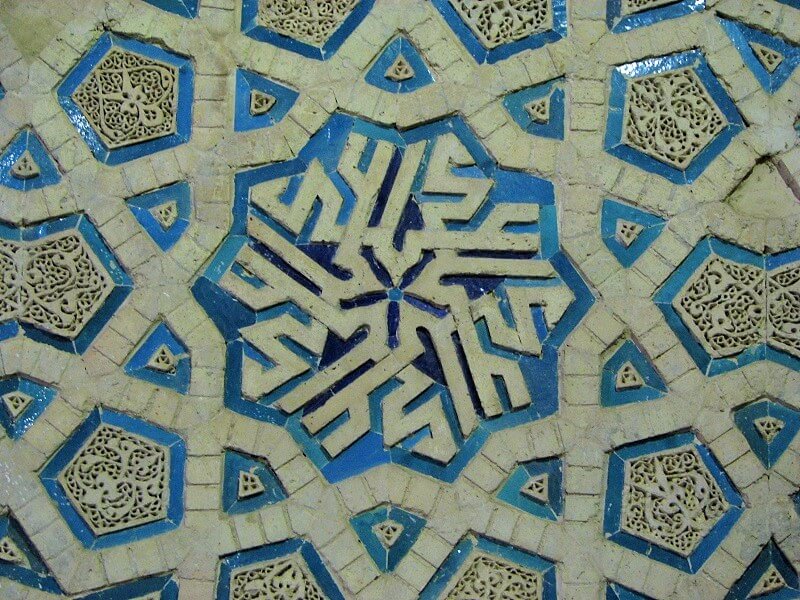
As it was said, Sultan Muhammad Khudabandeh planned to move the burial site of two Shia imams, Imam Ali and Imam Hussain by building a mausoleum in Soltanieh, which was faced with the opposition of Shia clerics. Exhumation and moving the dead are not prohibited in Islam, so he altered construction plans and ordered the burial of his body in the mausoleum.
The construction of Soltaniyeh Dome lasted about ten years. Rashid al-Din Hamadani, the Ilkhanid statesman, designed the building. An architect named “Syed Ali Shah” completed the construction with the help of three thousand workers. Its brickwork decorations also took three years.
Some people believe that Sultan Muhammad Khodabandeh was buried in the Soltaniyeh Mausoleum, and some believe that this building was used as a Jameh mosque and that Sultan Muhammad was buried in a building connected to this mosque and not the mosque itself. There is also a theory that the body of Sultan Muhammad is buried in the mountains near the city.
Soltaniyeh Dome and Mausoleum
Ilkhanids are masters of high and magnificent buildings. The Soltaniyeh dome is the peak of Ilkhanid architecture and one of the tallest brick domes in the world. Soltaniyeh dome is an outstanding example of Iranian architecture, one of the three tallest domes in the world. The other two structures are the Cathedral of Saint Mary of the Flower in Florence, Italy, and the Hagia Sophia Grand Mosque in Istanbul, Turkey. This dome is the largest brick dome in the world.
Evidence of other buildings around the Soltanieh tomb that were gradually destroyed is present. They included a bazaar, a hospital, a monastery, and a Khangah, twice the size of the Naqsh-e Jahan Square.
What distinguishes this historical monument is the notable success of Iranian architects of that time. Using the era’s creative techniques in this mausoleum, they had proven their achievement in innovative engineering, creating a ratio of spaces featuring various architectural styles and impressive decorative patterns.
In Soltaniyeh Dome, like many other examples of 13th and 14th centuries Islamic architecture, Sarooj mortar and bricks are the main construction materials. This mausoleum was built with a rectangular plan with spaces around the dome vault. There are several sections in Soltaniyeh Mausoleum: dome vault, crypt, Torbat Khaneh, and minarets, which we will briefly introduce below:
Soltaniyeh Dome Vault
The dome vault is octagonal and features eight entrances. The entrances are symbolic of the eight gates of heaven. The four main entrances are in the north, south, east, and west and the other four are the secondary entrance doors.
Most of the decorations of this building are done in the interior of the dome vault. Rooms are built around the upper part of the building. On each side, there are three arches and a window to the outside. The ceilings of these rooms are decorated with plasterwork and colored brickwork. There is a staircase access from the ground floor to the upper floor rooms. There is also a large and tall Mihrab (altar) on the first floor, decorated with raised verses of the Quran. The floor is covered with white marble, creating a white and glossy surface.
The double-shell dome is approximately 50 meters high with a diameter of 25 meters. This shows the extraordinary weight of the structure. This dome weighs 200 tons. The different parts of this structure are connected using dovetail wooden beams made of pinewood coated with special types of oil. The use of coated pinewood has reduced the compressive load of the structure.
Before that and in the Sassanid period, architects built double-shell domes, but the special method used in the Soltaniyeh double-shell dome was an innovation. These domes are built parallel and close, appearing almost connected.
The incredible fact about this building is that its foundation is at most 90 cm deep, not more. Soltaniyeh Mausoleum has withstood more than 300 earthquakes and has been damaged, but it still stands with all its glory.
Torbatkhaneh
The Torbatkhaneh section is attached to the south side of the dome vault. This part was built after the completion of the dome. After Oljaitu gave up on moving the remains of the Shia imams, he ordered that the soil of the graves (Torbat) of these dignitaries be used in the construction of a mosque. Surahs from the Quran are written on the Mihrab and the door using the Torbat of Imam Hussein’s tomb, in Kufic and Thuluth script.
Torbatkhaneh is decorated with golden tilework. A large copper and gold door connected the Torbatkhaneh and the dome vault, which is missing today.
Crypt
Some researchers believe that the crypt housed the graves of the people the mausoleum was intended for. The crypt is built under the Torbatkhaneh and its entrance is inside the dome vault. According to tradition, the Ikhanids buried the dead in crypt graves. There is no trace of a grave in this crypt but some believe that some Ilkhanid elders were buried here.
There are nested corridors in the crypt, supposedly used for special ceremonies. There is also a suspicion that Sultan Muhammad reverted from Islam at the end of his life and turned to the religion of the Mongols, “Shamanism”, and these corridors were also used to hold shamanic rituals.
The Eight Minarets of Soltaniyeh Dome
Above this octagonal structure, you can see eight minarets in the corners of the octagon. The turquoise-colored dome glows in the middle, surrounded by minarets. From the outside, the building facade does not feature any decorations. By visiting the building’s interior, you will realize its magnificence.
The eight minarets around the mausoleum were used to announce the call to prayer and observe the surroundings. But their important function has been holding the huge dome. The circular shape of the dome and its weight would cause the structure to thrust, and these eight minarets prevent this physical phenomenon; They also make this giant dome resilient against earthquakes. These eight minarets have been heavily damaged over time and much of their structures have collapsed.
Soltaniyeh Dome Decorations
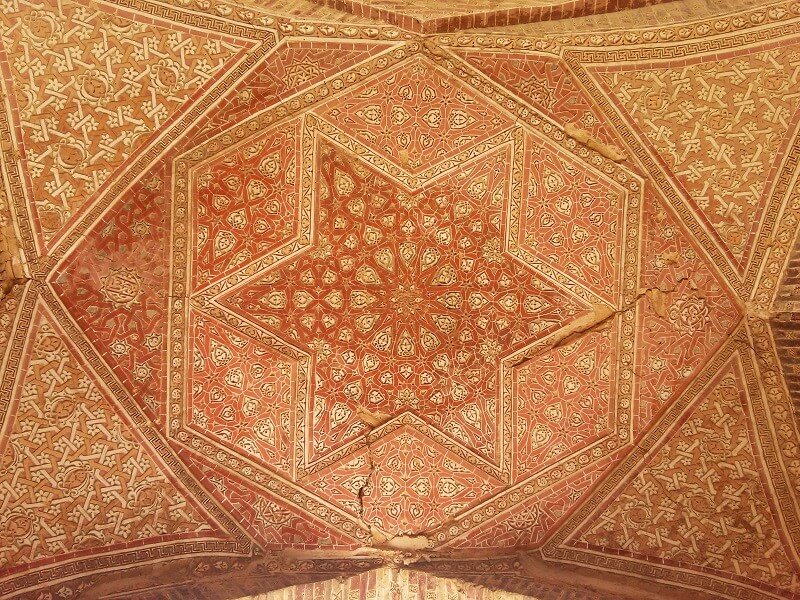
Various decorative arts are present in this building. Decorative elements used in Soltaniyeh Mausoleum are:
- Brickwork decorations
- Plasterwork decorations
- Inscriptions
- Tilework
- Painting decorations
- Stone installations
- wooden installations
About 10,000 square meters of decorative elements have been installed in this building, many of which have been damaged over time. The interior walls are decorated with plasterwork and glazed bricks. Inscriptions and mesmerizing motifs are molded with plaster. The porch roof, located just below the dome which can be seen from the outside, is decorated with geometric plasterwork in a special orange color and embellished with flower and plant motifs and inscriptions.
There are also religious inscriptions of various sizes in the Soltaniyeh with special Kufic and Thuluth scripts. The inscriptions are made from plaster and sometimes glazed bricks. According to the studies, the content of these inscriptions shows the political and religious developments during the reign of Oljaitu.
Soltanieh Dome Museum
A small museum near the entrance displays the artifacts found in the dome. Various types of clay pots, gold tiles, and copper or silver coins are among the artifacts in this museum.
Restoration of Soltaniyeh Dome
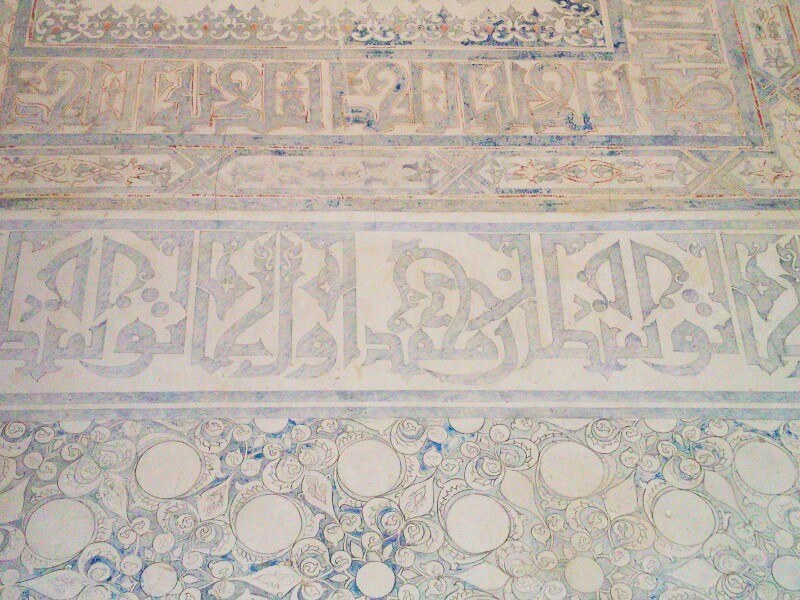
In 1969, a joint restoration effort with an Italian team began in this architectural masterpiece. The project continued until 1979. The reconstruction of the building and its delicate decorations was a complicated task. Later, several restoration projects were carried out. The scaffolding meant for renovation inside the dome dates back to the Pahlavi period.
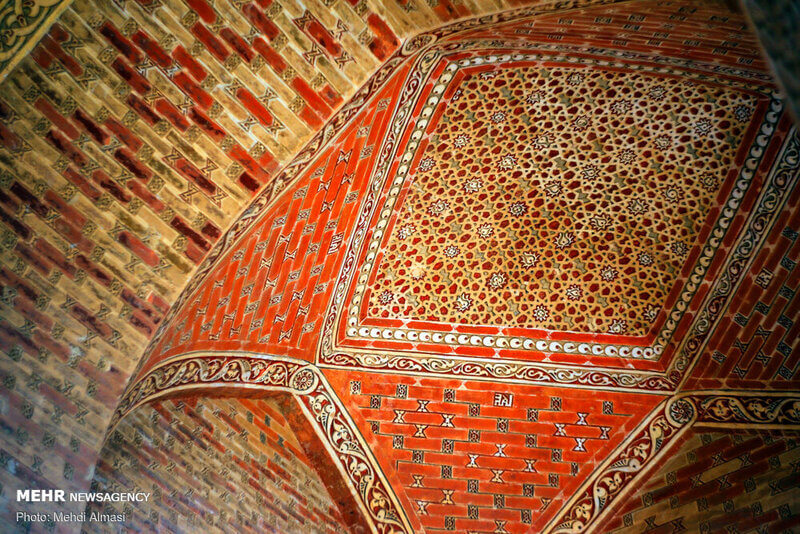
Where is Soltaniyeh Dome?
The Soltaniyeh Mausoleum is located in the city of Soltanieh. The dome is world-famous. This historical monument is about 40 kilometers from the old Zanjan-Qazvin road. On the Zanjan-Qazvin freeway, you can easily find the Soltaniyeh dome exit. The location is marked below:
Frequently Asked Questions About Soltaniyeh
If you did not find the answer to your question here, leave us a comment in the comments section of this post and ask your question. We will answer it as soon as possible.
How old is the Soltaniyeh Mausoleum in Zanjan?
This tomb was built between 1302 and 1312 AD by the order of Sultan Mohammad Khodabandeh (Oljaitu) the 8th Mughal Sultan of the Ilkhanid dynasty, and it is more than nine hundred years old.
Why is the Soltaniyeh Dome in Zanjan so famous?
The Soltaniyeh Dome is one of the most beautiful Iranian domes with unique characteristics:
- The innovation in decoration and architecture of this dome makes it different from previous monuments
- This dome is the largest and the second tallest brick dome in the world
- It is the oldest double-shell dome in Iran
- Architects consider it the most magnificent building in the Azeri style.
Was the Soltaniyeh Dome ever restored?
In 1969, Italian architects arrived in Iran to restore the dome; But after a while, they found it too complicated and gave up halfway. So far, several attempts have been made to restore this building, but have achieved the desirable outcome. The turquoise-colored tilework of this dome no longer has its former appearance and some tiles are missing.
Why was Soltanieh Dome built?
Sultan Mohammad Khodabandeh built this dome to transfer the remains of Imam Ali and Hussein to Iran. Later, due to the religious prohibition of exhumation, he altered the plans and built a Torbatkhaneh next to the dome to store the dirt from the graves of these figures.


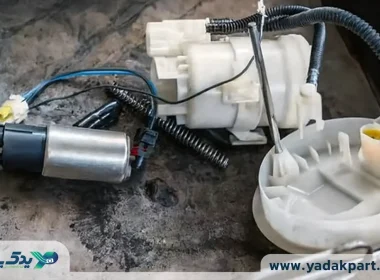

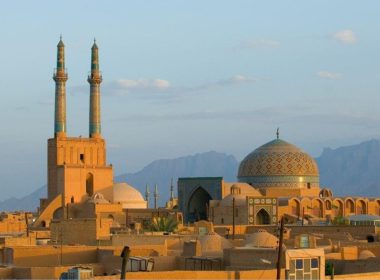

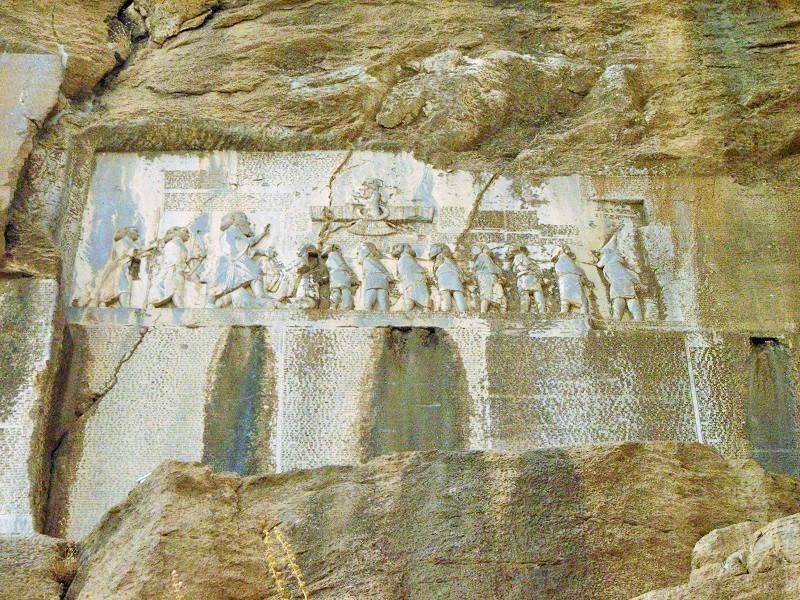
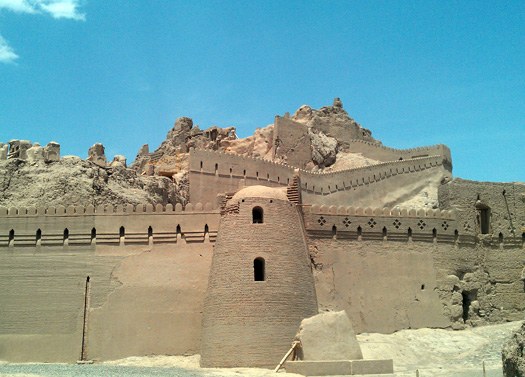






I believe there is a minbar ascribed to Oljayto in the Masjid Jam’e in Isfahan.
That’s right. Actually, more importantly, there’s a unique mehrab built by Oljayto in Jame mosque of Isfahan.
What beautiful decorations! The patterns are gorgeous and so intricate!
Yes Becky. Sometimes I’m tempted to publish posts only filled with such detailed patterns. They are really intricate. You cannot stop taking photos when you’re inside this monument. It takes me about two hours each time to look into several details.
Wow, such inspiring and interesting place to explore. Adding it to my bucket list!